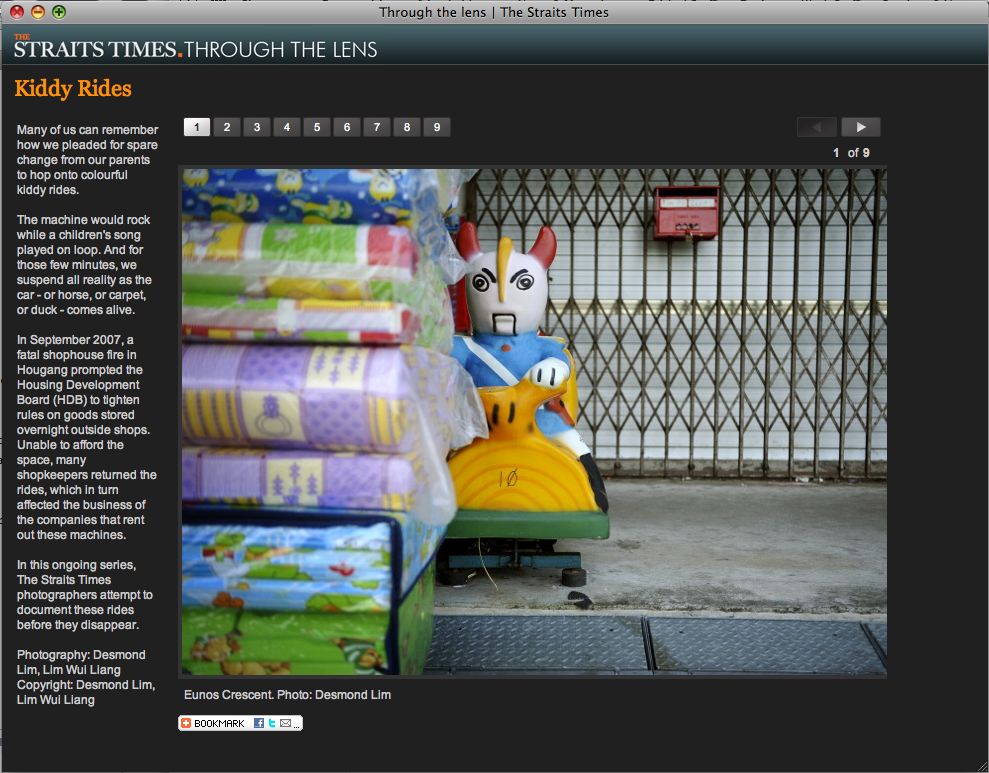When I first graduated from journalism school, I only knew two things: I can write and I like to share my discoveries. I decided not to take the conventional route of joining a newspaper like The Straits Times because I didn’t like what I saw or heard about it. Instead, I embarked on a career as an independent writer, taking on assignments to earn a living. This morning, I woke up to realise it’s been just over a year since I began this journey. The pay’s been ok, the assignments not bad, but the lessons about writing in Singapore have been the best, and here are five I’ve learnt:
Most people don’t read.
It’s true. People here watch and listen for information, more than they sit down and read something. And when they do read, who cares who wrote it? Unless of course, you are really good, or bad, or award winning. Then maybe, just maybe, they will wonder: Who wrote this ah? At the end of the day, written prose is just a form of information, and not always the best one (especially when not in point form).
Some people just like the image of the word.
Sure, people don’t read, but it’s not to say people don’t want to see words. You see, ‘words’ have gained a cultural value beyond the fact that they mean something. Often, being able to read a lot of text is seen by many here as a mark of someone intelligent and sophisticated, so that’s what writers here are paid for — the ‘image of the word’. No need to think so much about what your writing means, just fill it with words, chim ones, of course.
‘A thousand words typed for every hundred you are reading.’
This title is inspired by the exhibition title of an local artist, because writing is a form of craft. Most people only get to read a clean and crisp copy, and have this false image of a writer being a coherent being who churns out something in minutes. The truth is I could be sitting in front of this screen typing for hours and you’ll not read any of it. The process of writing is arduous, repetitive and painful. I probably press the ‘delete’ button more than any other, but when a writer finally thinks what is written is ready to be read, the feeling is just magical. Or he/she is just totally numb already.
We earn more per word, but we work harder with less words.
I don’t understand the concept of paying a writer by the number of words he/she writes. It’s so easy to blabber and fill up a page with words (to a certain word count), but to be precise and concise is so much more difficult. How to say more with less? Pay me more not less!
A picture paints a thousand words
Notice how this oft-used phrase to put down text actually suggests words to be the building blocks for visual expression? Enough said.
